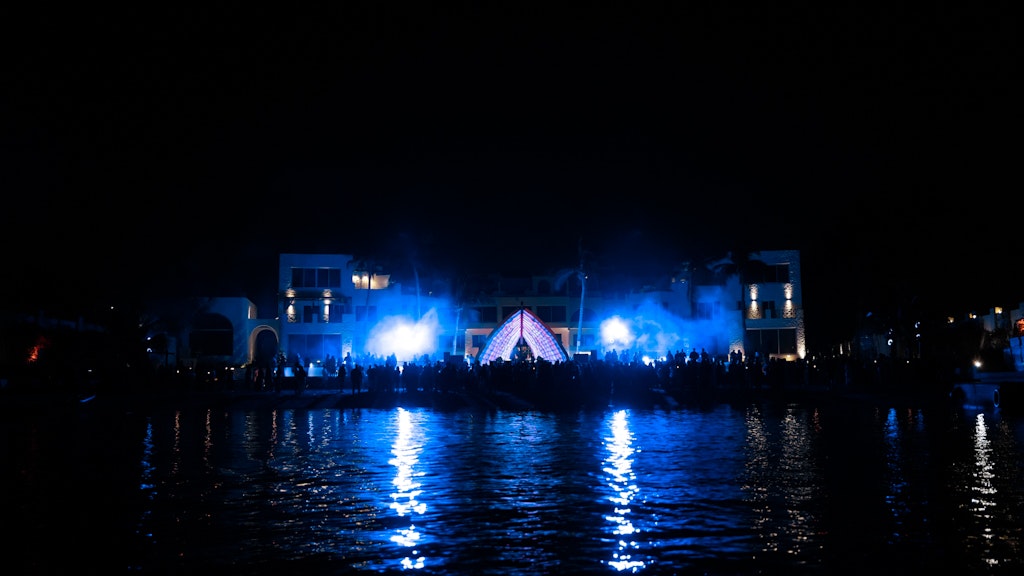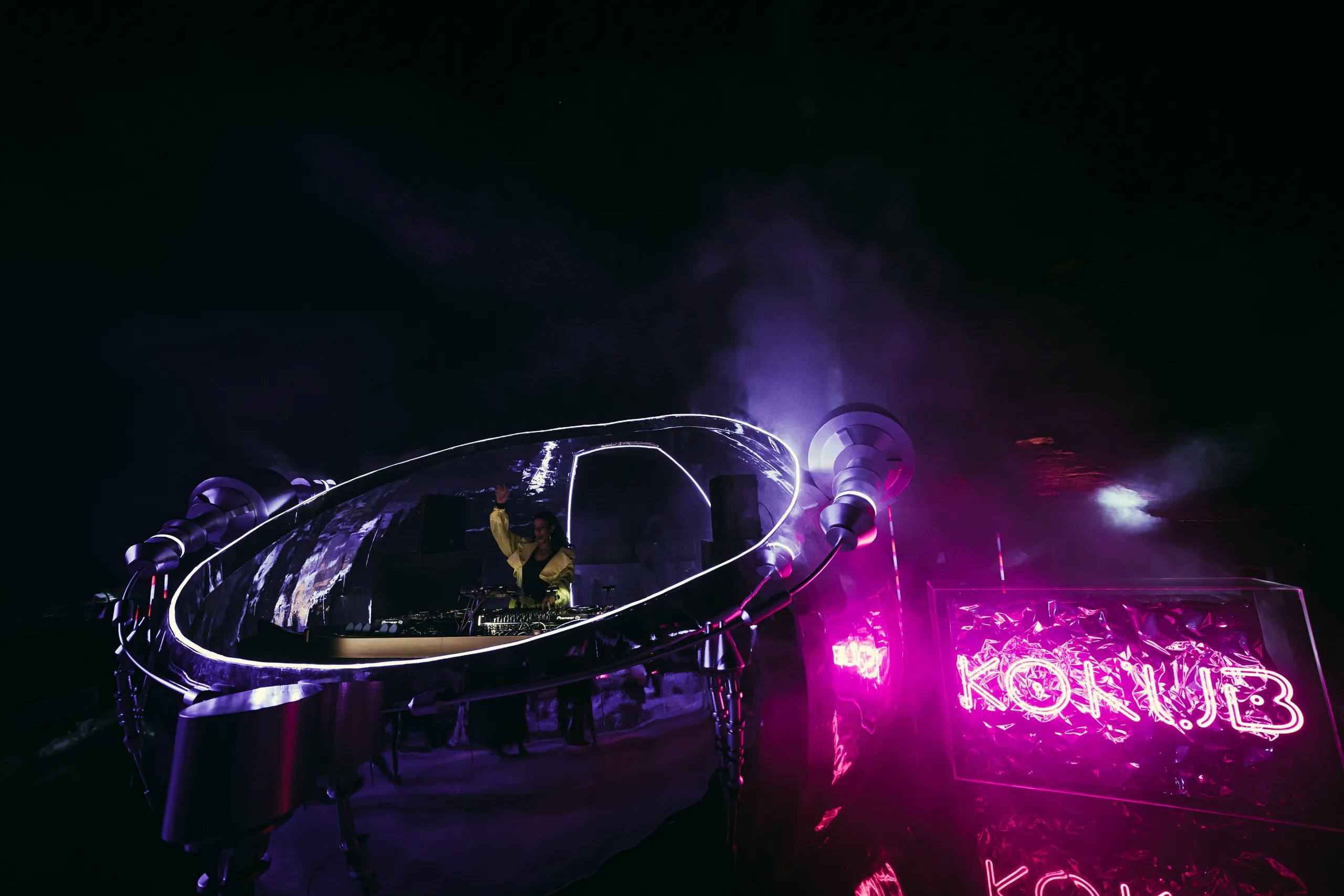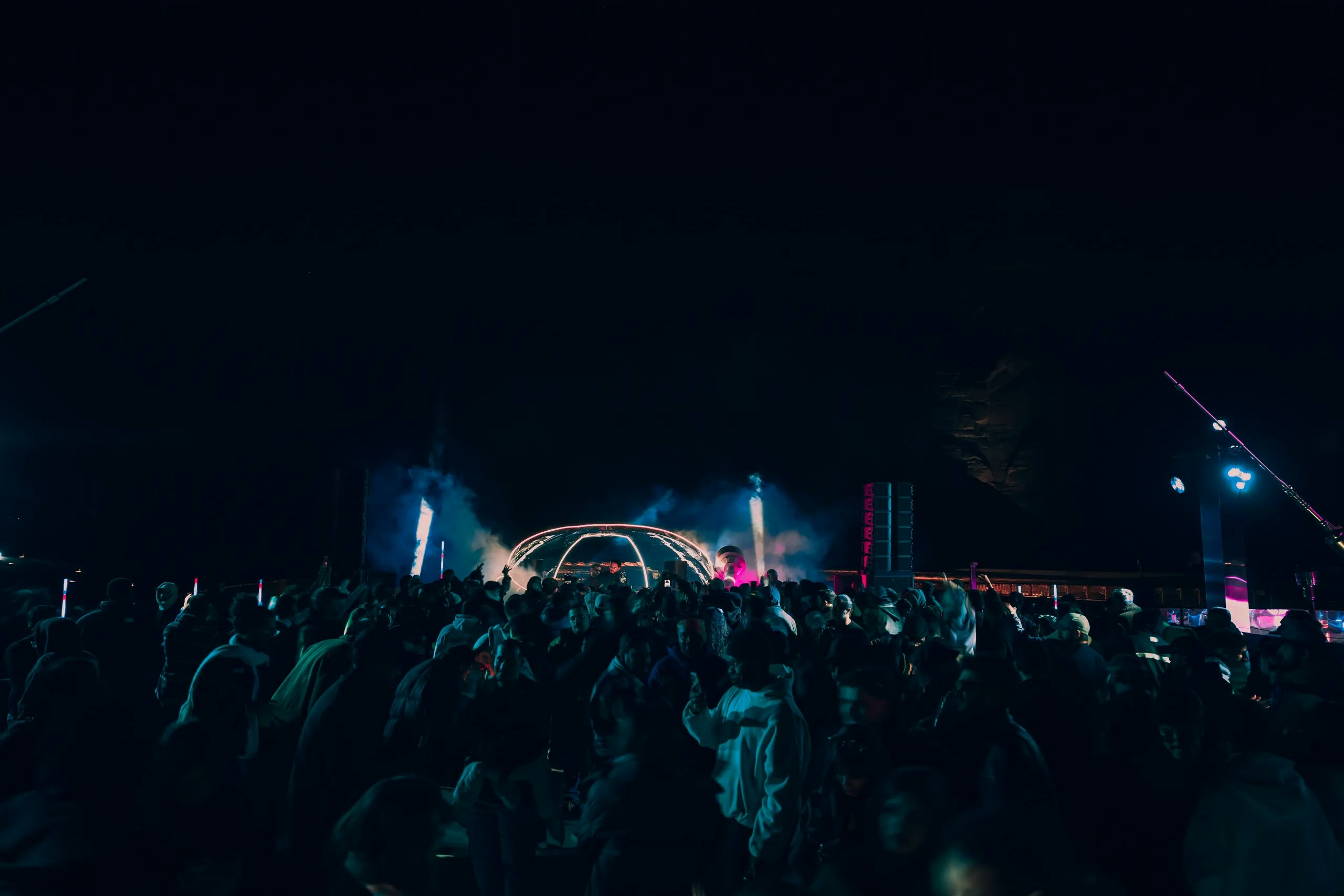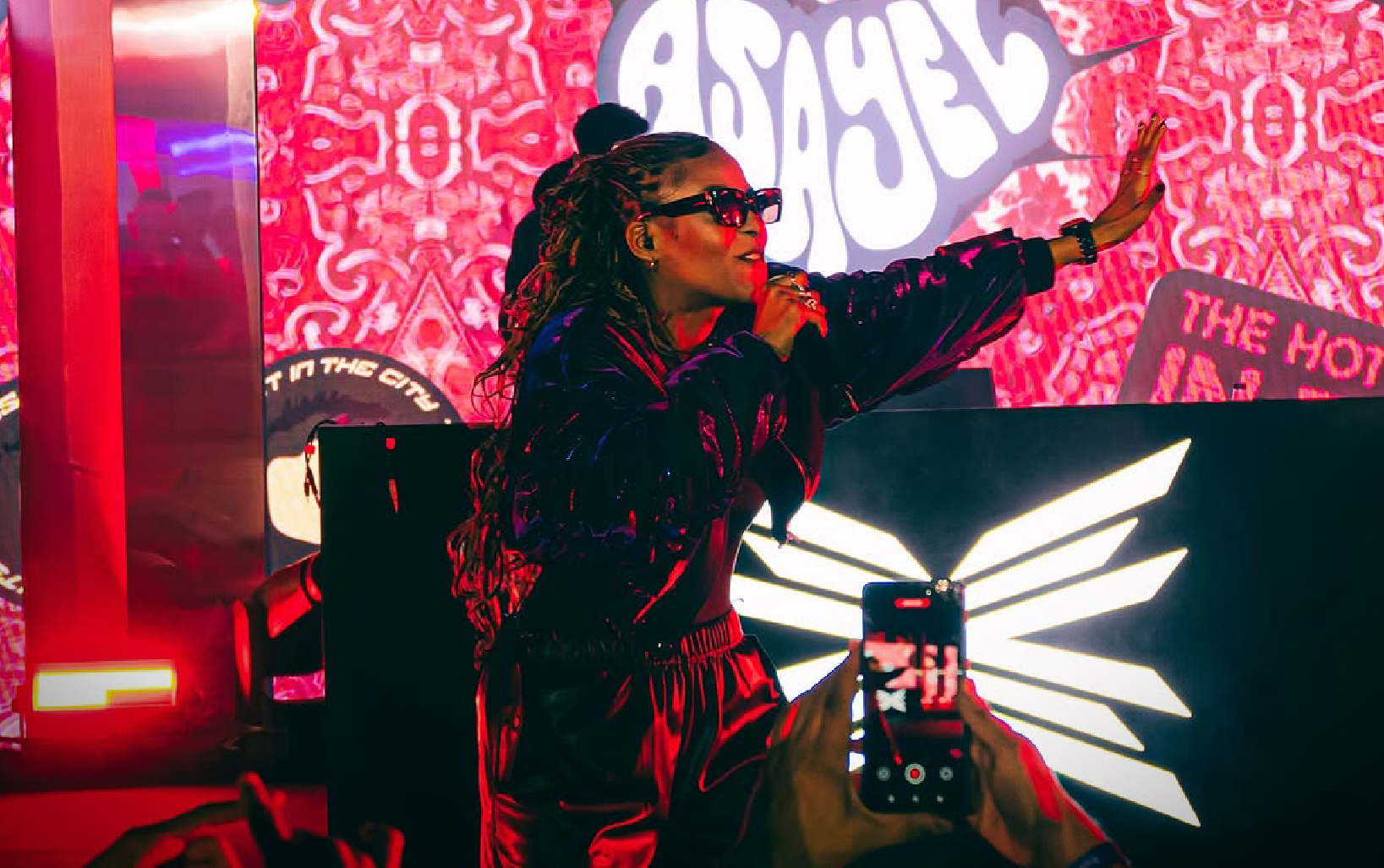
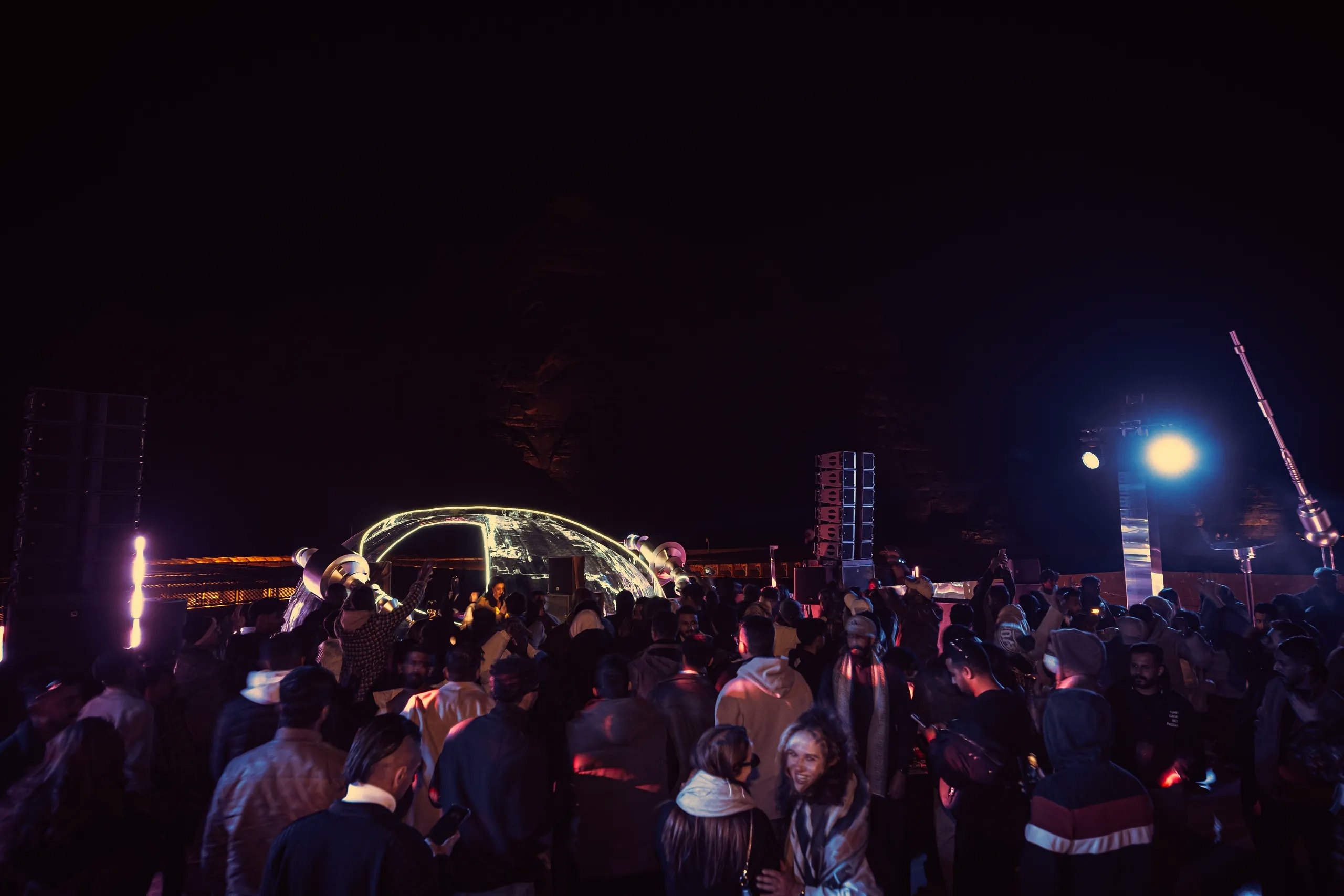
Why Millennials Are Drawn to '90s Music and Fashion
By MDLBEAST
October 06 2025
Why Millennials Are Drawn to '90s Music and Fashion
By MDLBEAST
October 06 2025
Nostalgia has fueled a significant portion of contemporary culture. For example, the millennial generation, those born in 1981-1996 feels nostalgic for 1990s culture, a decade filled with significant cultural achievements in music and fashion. The decade exists just as much today, from the throwback styles reinterpreted by major fashion designers to the use of classical drum beats by modern musicians. But why is this affection so common?
A Golden Era of Music
The '90s music scene was diverse, ranging from grunge and alternative rock to hip-hop, R&B, and pop. Each genre contributed significantly to today’s musical landscape, leaving behind a legacy that millennials eagerly revisit.
The Rise of Alternative Rock and Grunge
Nirvana, Pearl Jam, and Radiohead, groups represented the essence of alternative rock, and their reverberating sounds and meaningful lyrics molded an impressionable generation looking for something real. The essence of grunge is both universal and transcendent; for example, current artists like Billie Eilish sport the grunge style and the emotional vibe to boot. In addition, within the Arab world, the sounds came together in the '90s as well, with bands like Junoon and Mashrou' Leila boasting similarly themed and sounding defiant strains.
Pop Icons and Timeless Anthems
Britney Spears, Backstreet Boys, Spice Girls, this is a brief sampling of amazing talent pumping out non-stop hit singles in the 90s. For many Millennials, these songs are important and special. Furthermore, many of these artists had their singles turned into music videos played on MTV—additional nostalgic connections to the memory. Even in the Arab world, Nancy Ajram and Nawal Al Zoghbi wielded the scepter of 90s pop well into the 2000s with new releases.
Hip-Hop and R&B’s Lasting Legacy
These are the legends that emerged when creating a hip-hop hall of fame, Tupac, The Notorious B.I.G., and Nas, who established the standard for the genre's narrative. Similarly, in the exact same era, Aaliyah and Boyz II Men created the modern R&B blended silky sound that still exists. Therefore, in Arabic music, Amr Diab is the one who creates such R&B blended sounds, mixed with Eastern sounds to make classics like Nour El Ain.
The Comeback of '90s Fashion
Fashion trends from the ‘90s have seen a major resurgence, proving that the decade’s styles are more than just a passing trend.
Streetwear and Oversized Aesthetics
This is true, the '90s came back and Millennials recalled what was on the streets, baggy and loose-fitting pants and shirts, oversized and logoed tees were in style. The logos that once had fallen off as streetwear, Tommy Hilfiger, Fila, and Champion, regained notoriety. These retro athleisure lines became casualwear for Millennials in the Middle East.
The Grunge Revival
Springing from a nostalgic fashion moment, everything from flannel shirts to distressed jeans to army boots is in style. What was once a careless, casual appearance from the Seattle Grunge Movement now finds itself on the streets with all people under 40 who get the nostalgic reference and how it blends seamlessly into their contemporary wardrobes.
Arab Influence on ‘90s Style
The ‘90s were also a pivotal time for Arab fashion. Iconic singers like Samira Said and Najwa Karam set trends with bold, high-waisted jeans and flashy accessories. Today, regional designers draw inspiration from these elements, modernizing them for today’s fashion scene.
Why Millennials Cling to the '90s
Several factors contribute to millennials’ deep connection to the ‘90s, making the decade more than just a trend.
A Pre-Digital, Simpler Time
The '90s was before smartphones and social media. People lived more authentically. People got their music from cassette tapes and the radio; people followed the subcultures of the day instead of contemporary, Instagram-following influencers. Therefore, it's no wonder that with a more confined existence to the greater world and fewer efforts bogged down by a digital reality, this culture of effortless nostalgia is desired as effortless, convenient, and easily accessible escapism.
Emotional Connection and Personal Identity
Millennials associate ‘90s music and fashion with childhood memories, making it a source of comfort and self-expression. Whether it’s the thrill of finding a vintage band tee or the joy of rediscovering an old Arabic pop song, these connections reinforce a sense of identity.
The '90s Influence is Here to Stay
The ‘90s were more than just a decade, they were a cultural movement that continues to shape music and fashion. Millennials, driven by nostalgia and personal connection, have ensured that the era’s influence remains strong. Whether through grunge fashion, R&B beats, or pop anthems, the ‘90s continue to resonate, proving that some trends truly never fade.
Share this
